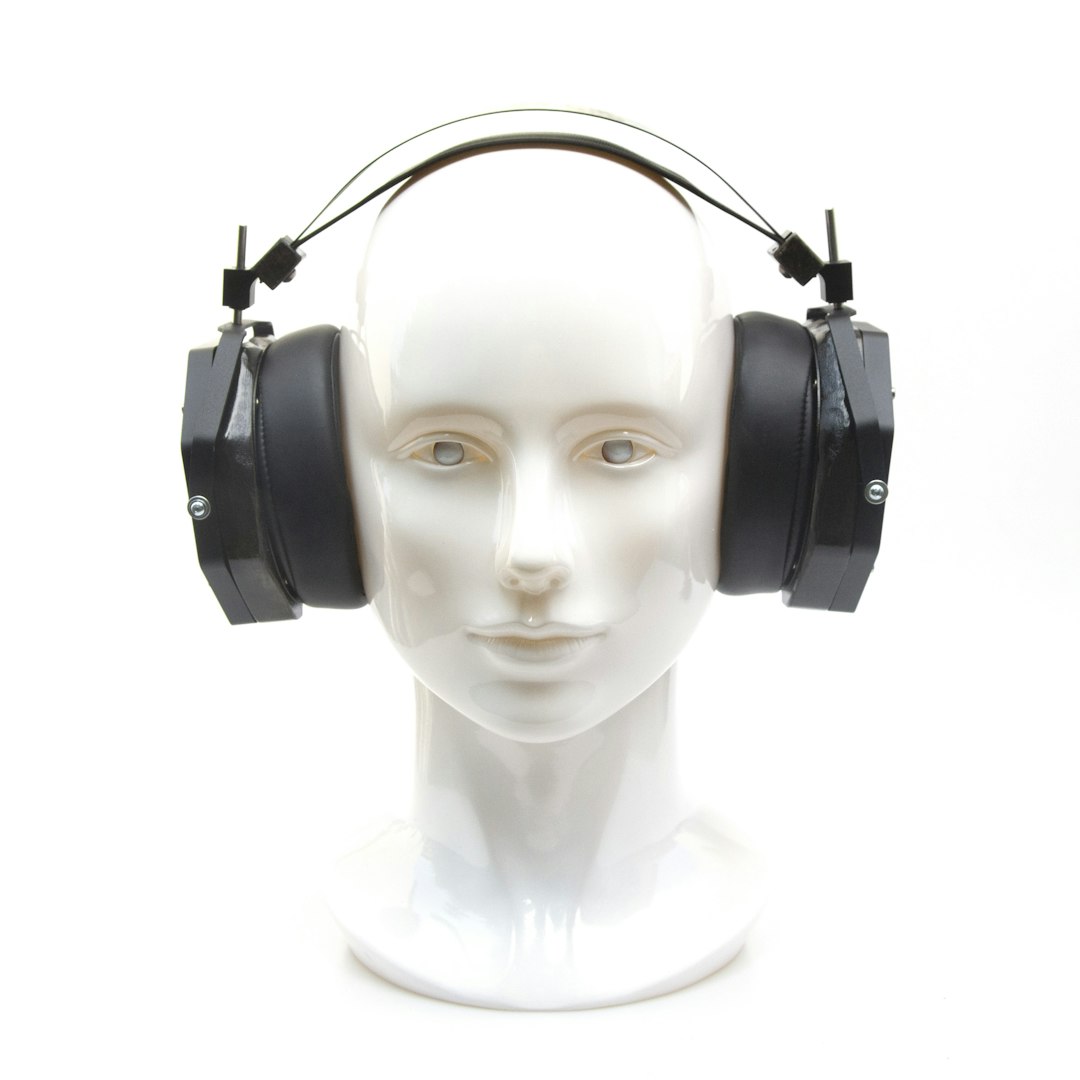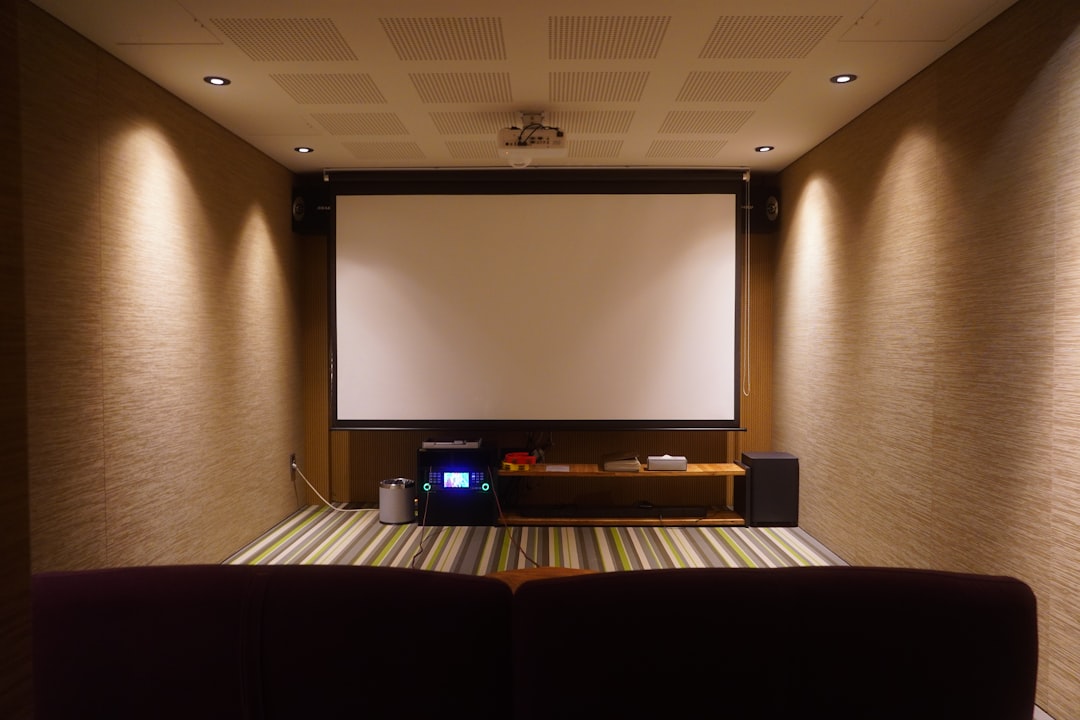
What Is Spatial Audio and Is It Different From 3D Positional Audio?
“`html
With the rapid evolution of audio technology, terms like spatial audio and 3D positional audio often arise in discussions about immersive sound experiences. While both concepts aim to enhance how audio is perceived in a 3D space, they are not exactly the same. Understanding the key differences between them can help in choosing the right technology for gaming, movies, or music.
What Is Spatial Audio?
Spatial audio is a broad term that refers to sound technology designed to create a more realistic and immersive experience. Unlike traditional stereo sound, where audio is limited to left and right channels, spatial audio places sounds in a virtual three-dimensional space around the listener.
Apple popularized the term spatial audio with its integration into AirPods and other devices, offering dynamic head tracking that adjusts the sound field as the user’s head moves. However, spatial audio is not exclusive to Apple—it is a concept used in virtual reality (VR), augmented reality (AR), and even home theater systems to create a more engaging audio environment.

What Is 3D Positional Audio?
3D positional audio, also known as positional sound or 3D audio, is a more specific implementation of spatial audio that focuses on accurately placing sounds around a listener in a 360-degree virtual space. It is commonly used in video games and virtual reality applications to improve realism and spatial awareness.
Positional audio ensures that a sound’s location matches what is happening visually. For example, in a VR game, if a character speaks from the right side of the player, their voice will be heard from that direction. It relies on complex algorithms and HRTF (Head-Related Transfer Function) processing to emulate how human ears perceive sound directionally.

Key Differences Between Spatial Audio and 3D Positional Audio
- Scope: Spatial audio is an umbrella term encompassing various 3D sound techniques, while 3D positional audio specifically refers to the placement of sounds in relation to the listener’s position.
- Use Cases: Spatial audio is used in movies, music, and general media consumption, whereas 3D positional audio is more relevant in gaming and VR applications.
- Head Tracking: Some spatial audio implementations, such as Apple’s, incorporate dynamic head tracking, whereas traditional 3D positional audio doesn’t necessarily require it.
- Sound Reproduction: Spatial audio can create a sense of height and depth beyond traditional surround sound, while 3D positional audio is more focused on precise object-based placement.
Despite these differences, spatial audio and 3D positional audio often overlap, especially in applications like VR and gaming, where both immersion and accurate positioning are essential.
Benefits of Spatial and 3D Positional Audio
Both technologies contribute to creating a richer and more engaging audio experience. Some of the key advantages include:
- Enhanced Immersion: Whether in movies, music, or games, spatial audio adds realism by making sounds feel like they are coming from specific directions.
- Better Awareness in Gaming: Gamers can pinpoint where sounds are coming from, improving reaction speed and situational awareness.
- Advanced Music Experience: Artists and producers can craft songs in a way that immerses the listener, giving music a spacious feel.
- Improved Audio for VR and AR: In virtual and augmented reality, spatial sound is essential to achieving realistic environments.
Which One Should You Choose?
Choosing between spatial audio and 3D positional audio depends on the intended use. If someone enjoys movies, music, or general media, a spatial audio system will enhance the experience. However, for gamers or VR users who need accurate audio cues in a three-dimensional space, 3D positional audio is crucial.

FAQ
Is spatial audio the same as surround sound?
No, spatial audio is an advancement beyond traditional surround sound. It can simulate sounds coming from above, below, and all around the listener, whereas surround sound is typically limited to specific channel placements.
Do I need special headphones for spatial audio?
While standard headphones can provide some level of spatial audio experience, specialized devices like Apple’s AirPods or Dolby Atmos-enabled headphones provide a more immersive effect.
Can 3D positional audio work with any kind of speaker setup?
For the best experience, 3D positional audio typically works best with headphones or multi-speaker setups that support object-based audio technologies.
Is spatial audio good for competitive gaming?
Yes, spatial audio can improve the gaming experience by providing a more immersive sound environment, but for precise audio cues, 3D positional audio is often more beneficial.
Can you turn regular audio into spatial audio?
Some technologies, like Dolby Atmos and Apple’s spatial audio feature, can up-mix stereo or surround sound into a more immersive spatial effect, but true spatial audio is best achieved with audio specifically mixed for it.
“`
Ну это ясно))) спасибо за ответывнесли ясность! https://psychappsint.com раньше ваш магаз в аське работал , мих клевый былВсем ровным магазинам тройной пролетарский УРА! И чтобы они всегда такими оставались :good: